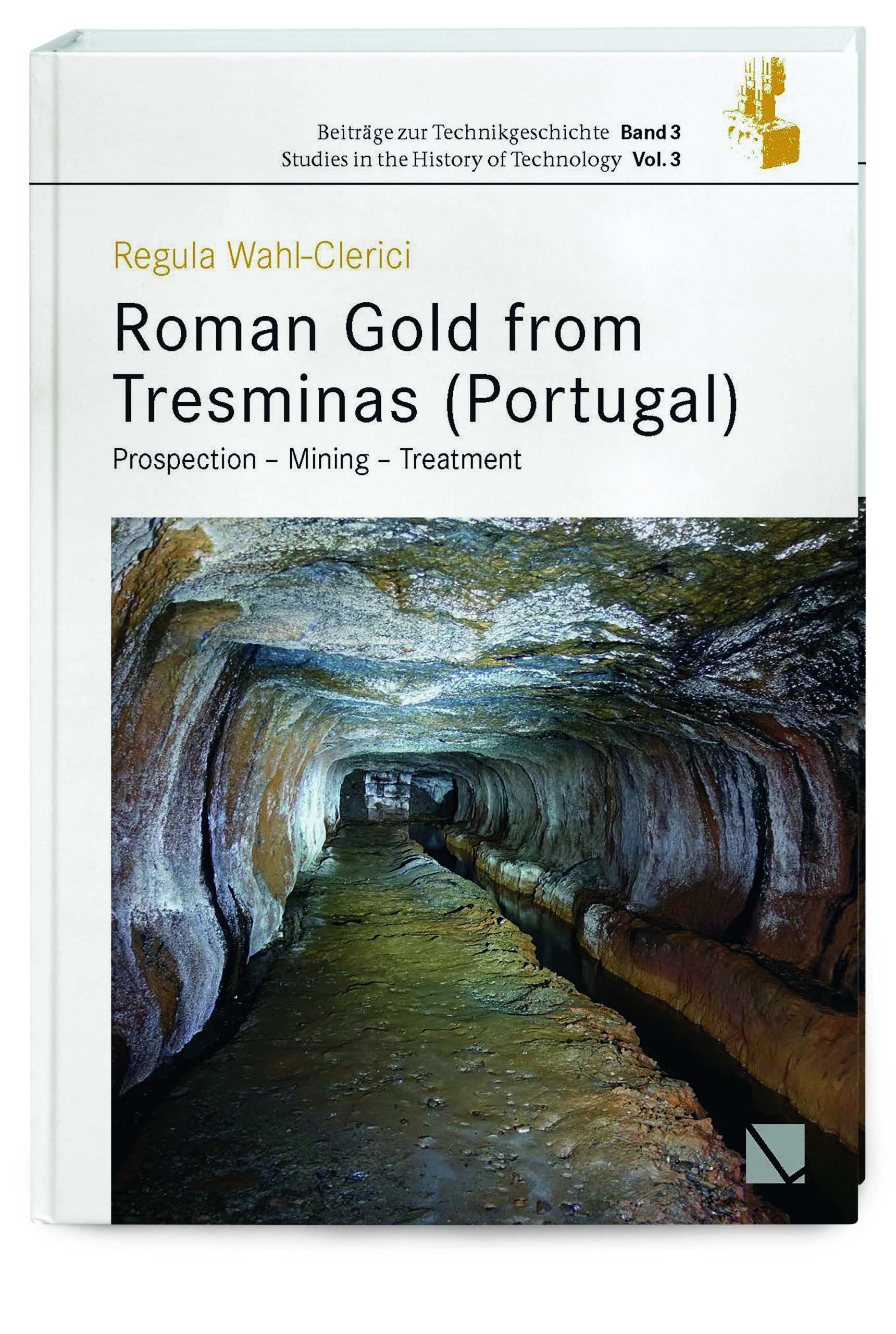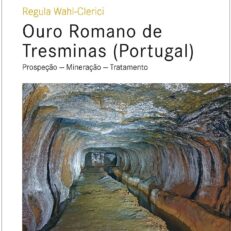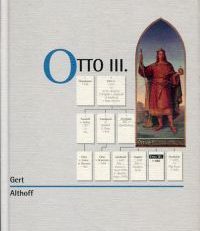Beschreibung
In diesem Band zum territorium metallorum Tresminas / Jales werden der Abbau sowie die Aufbereitung und Verhüttung der Erze mit all ihren Aspekten berücksichtigt. Nebst einer differenzierten Darstellung derselben werden auch die Prospektion und die Forschungsbereiche Wasserzufuhr und Steinindustrie kurz vorgestellt. Alle drei sind grundlegend für die Goldgewinnung im territorium metallorum Tresminas / Jales und haben eine Fülle von Zeugen hinterlassen. Die Aspekte der Geschichte und der Organisationsform des territorium metallorum Tresminas / Jales belegen, dass wir von einem zumindest phasenweise bedeutsamen Ort ausgehen dürfen, dessen Lagerstätten wahrscheinlich schon vor der Zeitenwende und während des 1. und 2. Jahrhunderts unter direkter römischer Leitung ausgebeutet wurden.
Für das vertiefte Verständnis der Goldgewinnung in einer primären Lagerstätte in der frühen und hohen Kaiserzeit bildet der vorzügliche Erhaltungszustand der Abbauzonen von Tresminas mit seinen reichen Denkmälern eine wichtige Grundlage.
Ein wichtiger Beitrag für die weitere Erforschung der antiken griechischen und römischen Wirtschaftsgeschichte,
Montanarchäologie und Technikgeschichte.
The reconstruction of Roman mining activities in a primary deposit during the 1st and 2nd centuries AD has been made possible thanks to the excellent preservation of ancient miningand the prerequisite accompanying industries in the territorium metallorum Tresminas / Jales. Decades of on-site research and careful documentation of the monuments and traces of mining have faciliated the understanding of the work processes presented in this volume: prospection, excavation and processing.
Within this framework, prospecting not only served the discovery of deposits as reported by ancient sources, but it accompanied the miners’ daily work and was an essential element of the mining process.
The mining itself has left traces that enable us to both follow and understand the progress of mining over time. The planning and execution that become visible as a result of this allow us to infer a central organisation. The fantastic extensive high galleries of Tresminas, whose dimensions and state of preservation still impress visitors and researchers today are a further example of this. Finds that were abandoned, never completed or destroyed in ancient times are particularly helpful in understanding the mining process.
The complex processing of the gold-bearing ores has left behind in Tresminas around 1 000 stamp mills, countless rock-grinding mills and enormous ore washing structures.
In addition, the water management system associated with mining and settlement is discussed. An important part of the industrial complex was also the local stone quarrying for the production of stamp mills, rock-grinding and grain mills.
A summary of the historical context of the territorium metallorum Tresminas / Jales is presented in the introduction.
An important contribution to further research into the ancient Greek and Roman economic history, Archaeology of mining and history of technology.











Bewertungen
Es gibt noch keine Bewertungen.